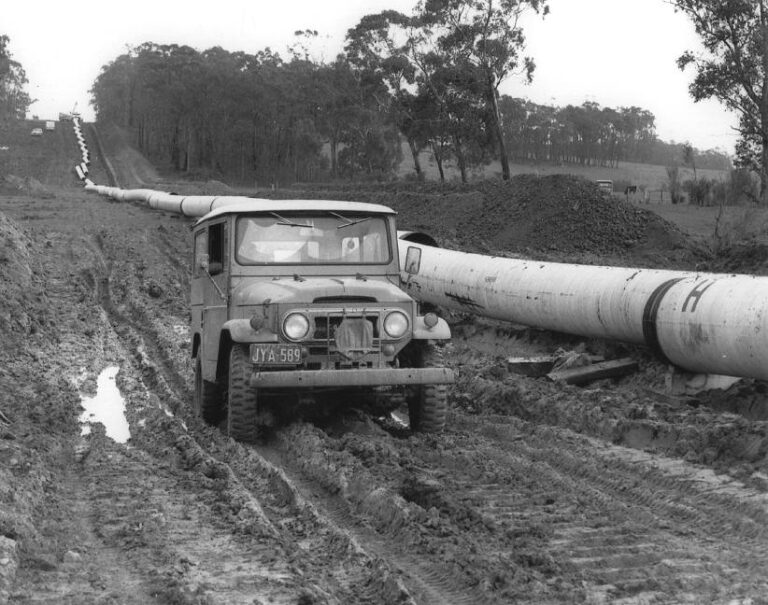– By Caroline Falls –
The day before the Deepwater Horizon catastrophic event in 2010 that killed 11 workers and left countless wildlife dead and oil slicks in the Gulf of Mexico costing billions to clean up, the owner of the oil well and ocean platform BP was celebrating a reduction in workforce injury.
That’s just one anecdote Keith Hoskins, head of health, safety and environment at gas pipeline group APA, told to captivate his audience and get them to listen to some of the lessons he’s learned from building a safety culture at the Australian pipeline group.
“We’re in a high-risk environment,” said Hoskins. APA has some 15,000 kilometers of pipeline, as well as solar and wind facilities. “We travel to some of the most remote parts of Australia. It goes without saying that safety culture is absolutely critical in terms of managing assets and keeping people safe.”
Hoskins was talking on a webinar hosted by Jerome Carslake of the National Road Safety Partnership Program. He said he used the burning platform story to grab the attention of APA leadership and management and workers alike. “Listeners get the why after that. We used that to help educate our people. The fatal risk platform (storytelling) helps us with our cultural shift. You have to get them to see we have (potentially) a burning platform.”
Driving is one of APA’s key risks and to help manage that risk, the company early in 2019 installed an in-vehicle monitoring system, or IVMS, to measure things like harsh braking and speeding.
That allowed APA to introduce a driver safety scorecard among other lead and lag metrics being analysed for the safety program. The scorecard creates a competitive environment where drivers ask each other how they scored.
“I’m not saying we would never use it as a big stick, but we want to use it more as an education tool and use it to try and change some of the behaviour around driving,” said Hoskins.
“Since we have started doing the scorecards we’ve seen a significant reduction in terms of speeding events,” said Hoskins, adding “And, what we know from all the research is that speeding is one of, if not the number one killer on our roads.”
Another important tool to increase driver safety at APA is using journey planning. “Our people know that if you’re travelling outside an urban area you will need a journey plan. We monitor fatigue through those journey plans.”
How do the people know? That’s all about the organisation’s culture, said Hoskins. And, that’s why telling a story about a burning oil platform helps get everyone in the place on board.
“If you don’t clearly articulate the why, it’s hard to get people to engage.”
—Caroline Falls is a freelance writer for Australian and international publications. She can be contacted at carolinefalls@gmail.com.






